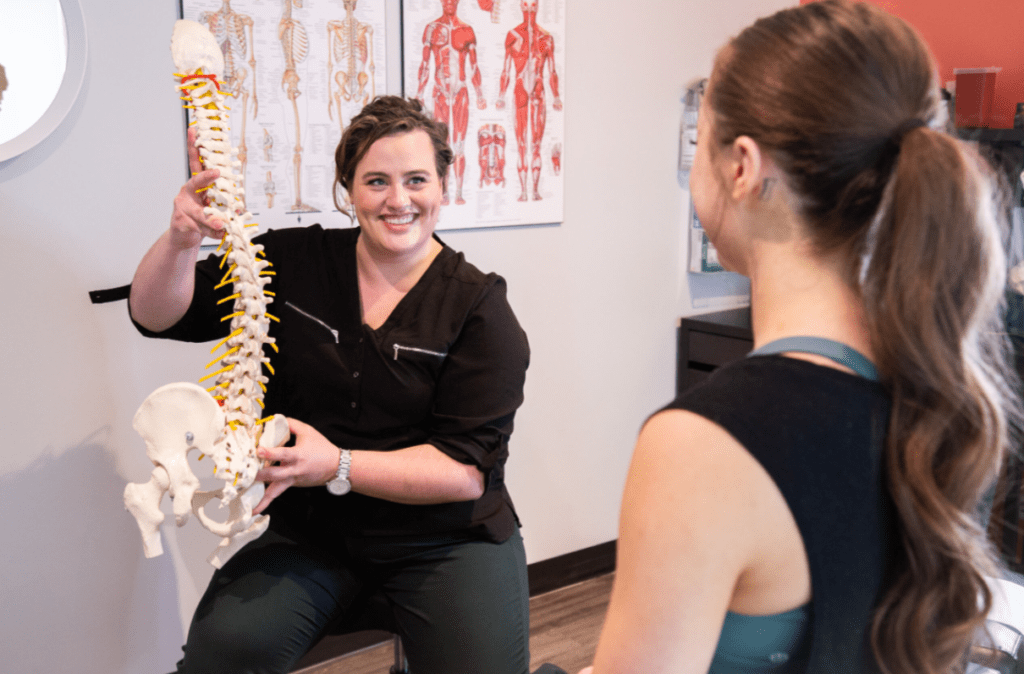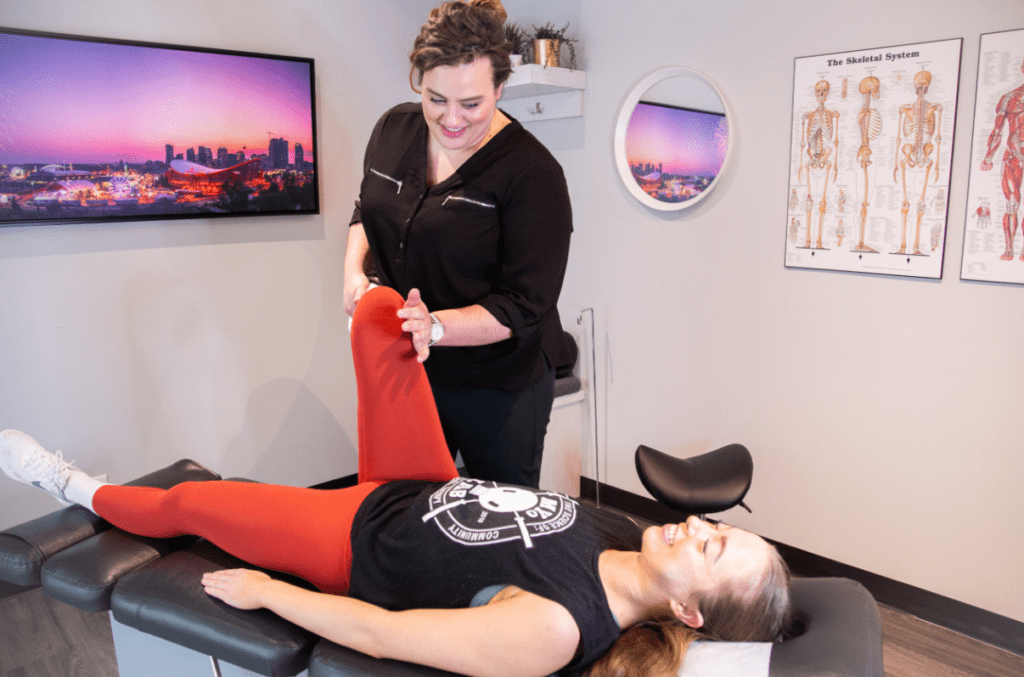Ever felt a sharp, shooting pain that travels from your lower back, down your buttock, through your leg? That may not just be a bad case of sitting too long—it could be sciatica.
Sciatica is a condition characterized by pain that radiates along the path of the sciatic nerve, which runs from the lower back, through the hips, and down your leg.
It typically occurs when a herniated disc or bone overgrowth compresses the nerve roots in the lumbar spine, located “upstream” from the sciatic nerve. It’s this compression that leads to inflammation, pain, and often numbness in the affected leg.
How long it lasts depends on the cause of the sciatica. We’ll get to that in a bit. In many cases, though, the pain may be caused by a herniated disc. This may improve with proper treatment within a few weeks to months. However, more severe sciatica accompanied by serious symptoms, like leg weakness or changes in bowel or bladder function, may require surgical intervention.
Our goal here is to provide you with a clear understanding of this condition and offer effective treatment options to help you find relief.





